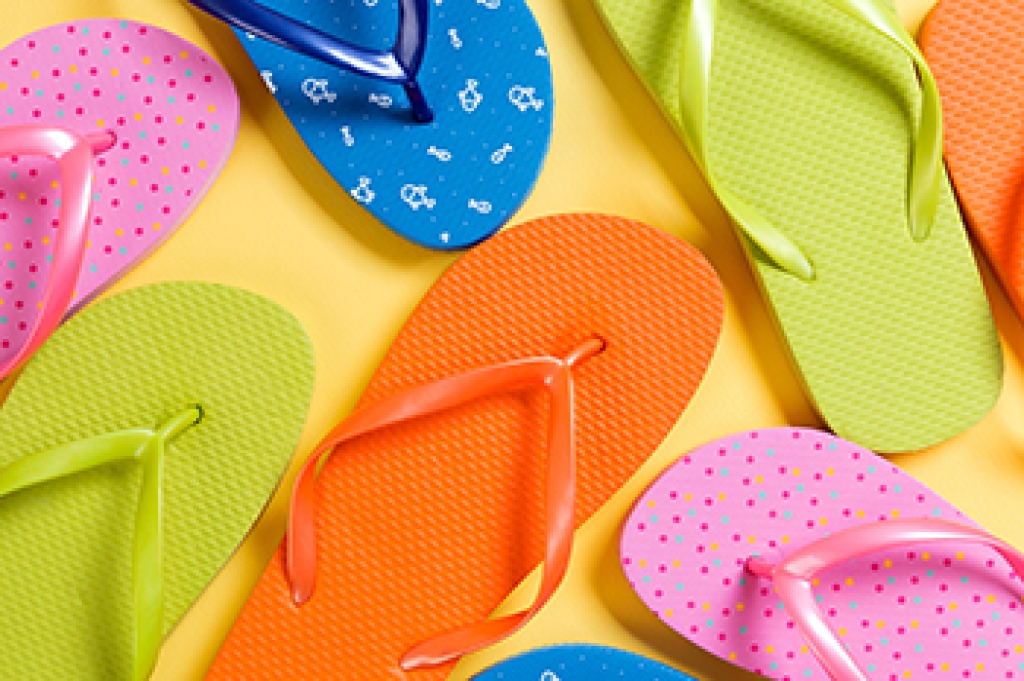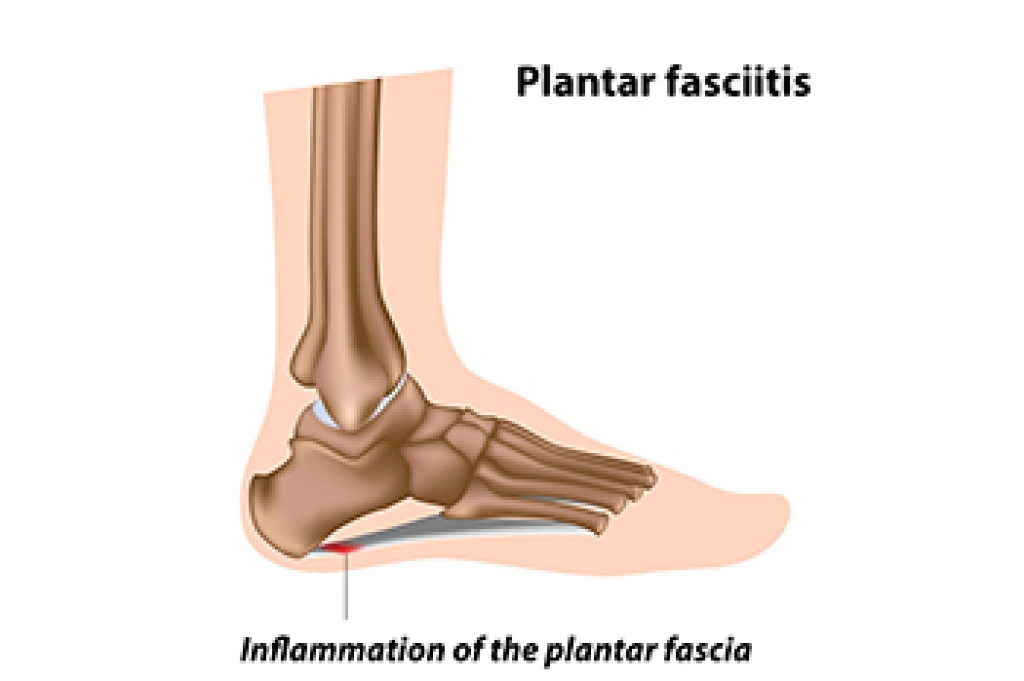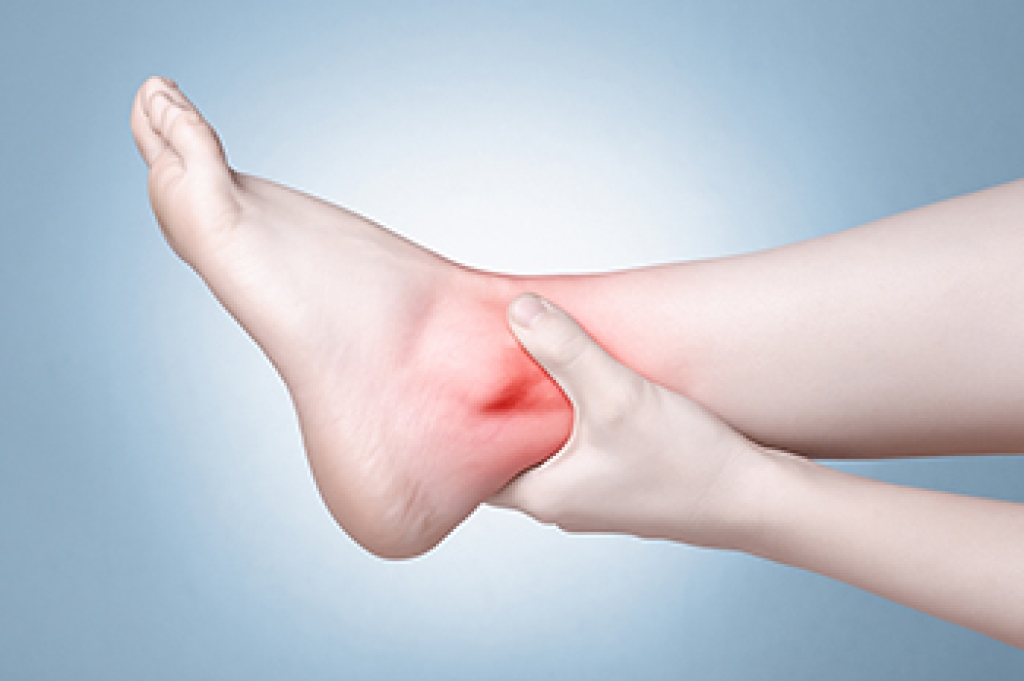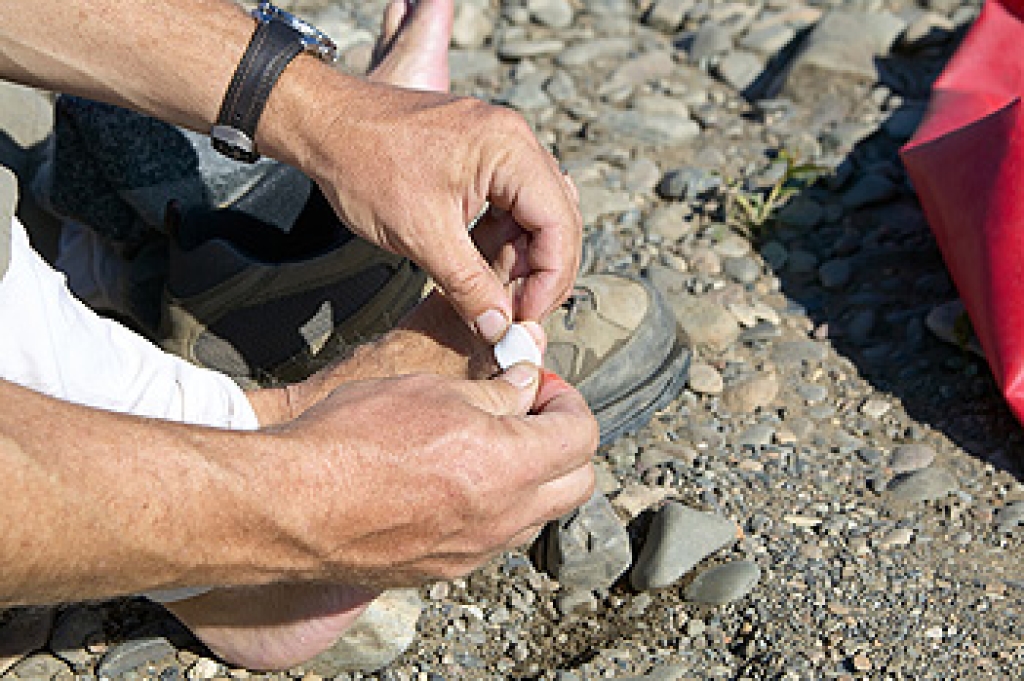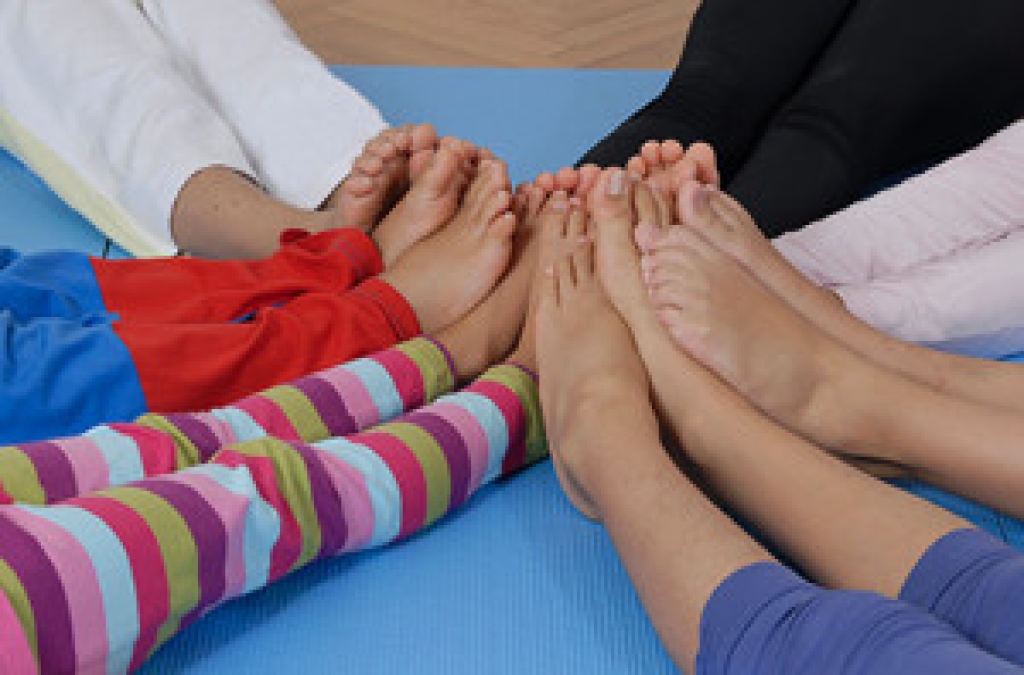
A baby’s foot contains more cartilage than bone, but will eventually have 26 bones in each foot when fully formed. Children's feet grow at a faster rate the younger they are. Within the first 3 years, a baby's foot coot could grow up to 9 sizes. Research has shown children have feet that are more durable than adult feet and can endure more stress. When it is time for the first pair of shoes to be purchased, it is beneficial that they effectively absorb shock and have strong soles. Many parents choose to have their children wear shoes that are made of leather and canvas materials, which are flexible and breathable fabrics. It is helpful to buy shoes that are the right size. If the shoe doesn’t fit correctly, unwanted foot conditions may develop that can include blisters and ingrown toenails. If you have questions about what type of shoes to buy for your child, it is suggested that you contact a podiatrist who can help you with the right footwear choices.
Making sure that your children maintain good foot health is very important as they grow. If you have any questions, contact Jason Bell, DPM of Advantage Foot and Ankle Center . Our doctor can provide the care you need to keep you pain-free and on your feet.
Keeping Children's Feet Healthy
Having healthy feet during childhood can help prevent medical problems later in life, namely in the back and legs. As children grow, their feet require different types of care. Here are some things to consider...
Although babies do not walk yet, it is still very important to take care of their feet.
Avoid putting tight shoes or socks on his or her feet.
Allow the baby to stretch and kick his or her feet to feel comfortable.
As a toddler, kids are now on the move and begin to develop differently. At this age, toddlers are getting a feel for walking, so don’t be alarmed if your toddler is unsteady or ‘walks funny’.
As your child gets older, it is important to teach them how to take care of their feet.
Show them proper hygiene to prevent infections such as fungus.
Be watchful for any pain or injury.
Have all injuries checked by a doctor as soon as possible.
Comfortable, protective shoes should always be worn, especially at play.
If you have any questions, please feel free to contact our office located in Newark, DE . We offer the newest diagnostic and treatment technologies for all your foot care needs.
